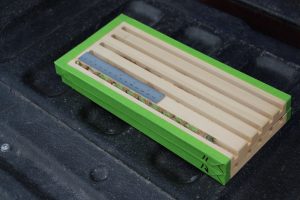By Ron Spendal, OSU Extension Master Gardener
For the past 13 years I have been studying native pollinators in Washington county. I have eleven project sites across the county. Four of the sites are public venues like Jackson Bottom Wetlands and Jenkins Estate. The other seven sites are private farms. I also have three projects at three Hillsboro elementary schools where I teach second graders about pollination and mason bees. Each school has a mason bee nesting station and the second graders monitor and record the mason bee nesting activity.
I began my study of the mason bee using drilled nesting blocks but was quickly frustrated because I wanted to know what was happening inside of the blocks. I began making my own nesting devices and over time I have settled on making poplar nesting trays with five routed nesting channels that are 5/16 of an inch in diameter. All of my trays have clear plexiglass lids taped on them so I can see the bees building nests. I can see and photograph the bees laying eggs, the larval development, and the subsequent cocooning. I distribute and monitor approximately 500 nesting trays each season. Last year I harvested just under 20,000 mason bee cocoons. Many other native pollinators also nest in these trays. To see what other native pollinators might be at my sites I made several nesting trays that have nesting channels ranging from 1/8 inch diameter to ½ inch diameter.
A number of native pollinators used all of these trays so I began recording what species showed up and when. I have had several types of Osmia nest in the trays as well as other species of bees and wasps. The blue orchard bee, commonly just called the mason bee, is generally the earliest bee to show up in the spring (early to mid April). Osmia cornifrons, the hornfaced mason bee, follows soon after (mid to late April) then the Osmia caerulescens, the blue mason bee, follows (mid to late May). The small passaloecus wasp, the aphid wasp, comes next (early June) and prefers a channel diameter of 1/8 inch although it uses tree sap to reduce the entrance diameter to 1/16 of an inch. This wasp preys on aphids. Another wasp shows up at about the same time. It is Isodontia elegans, the grass carrying wasp. This beautiful wasp preys on drumming katydids and snowy tree crickets and builds nesting cells in 5/16 inch channels using grass clippings to make the cells. Anthidium manicatum ,the wool carder bee, shows up about the same time and builds fascinating cotton like tubes in the nesting channels. Many varieties of resin bees show up in early July and build nesting cells from all sorts of tree saps. Megachile angelarum uses beautiful ruby red sap to make its nesting cells. Other resin bees use black, green white and clear resins often mixed with sand particles or vegetation. In late June to early July Osmia Aglaia, the berry bee, and Osmia kinkaidii appear. The berry bee is a brilliant green color. Megachile rotundata, the alfalfa leaf cutter bee, and Megachile, the sunflower bee appear in mid to late July. Other lesser known species of bees and wasps also make use of the nesting trays. Basically the trays are nested in from early April through late September. Since all of the bees and wasps nesting in the trays are solitary, they are all docile and easily viewed and managed.
Bee watching can be an engaging hobby. Using plastic lidded nesting trays allows you to have total access to the goings-on of a wide range of bees and wasps. They provide excellent opportunities to use in educating children and others on the nesting behaviors of native pollinators. Anyone who wants to explore these opportunities can conduct a number of citizen scientist projects and data collection. The bottom line is: build it and they will come!




